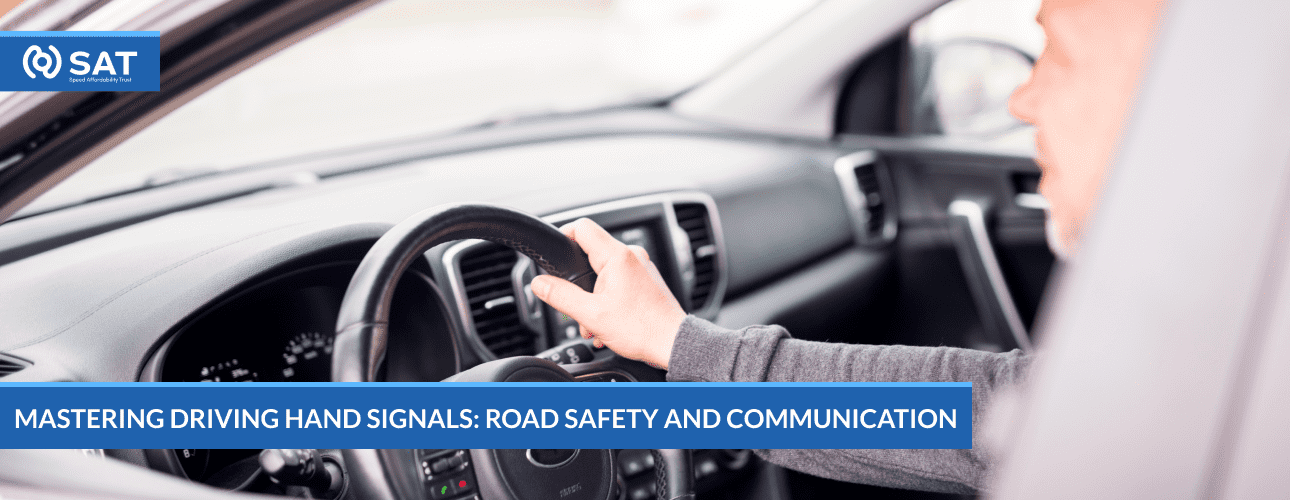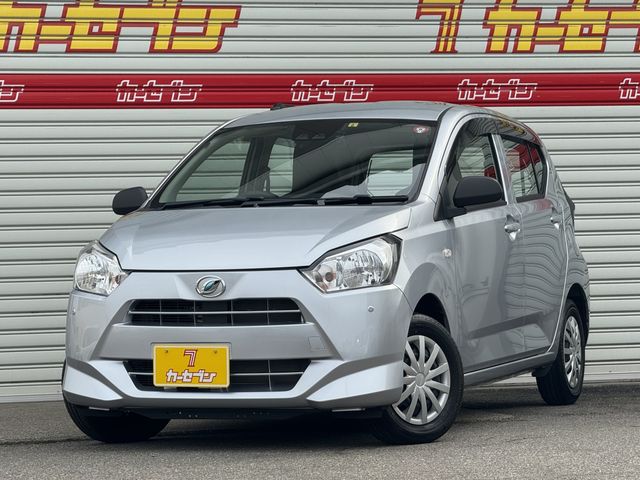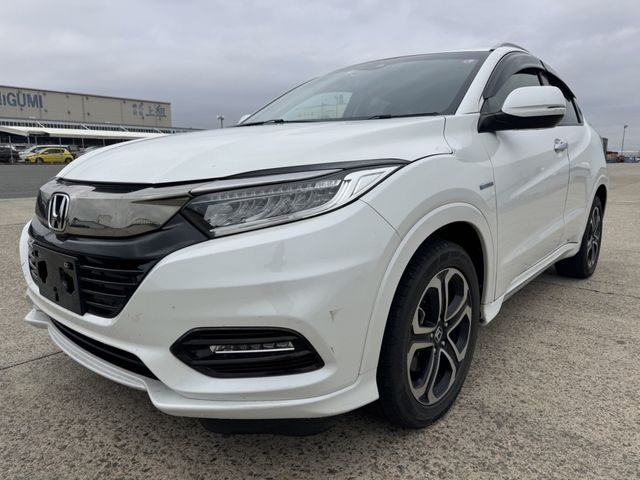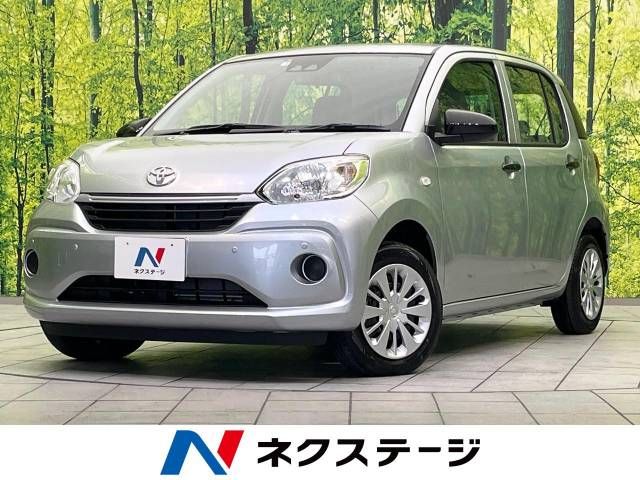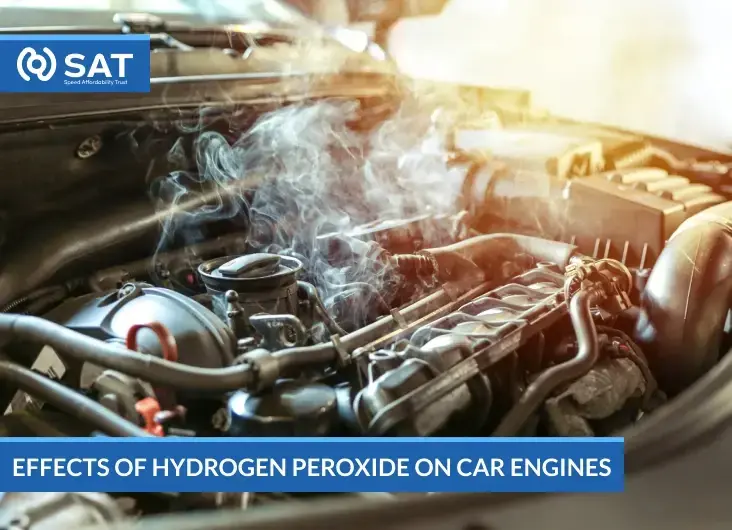Communication on the road is critical, particularly for minimizing the occurrence of accidents among users. Thus, driving hand signals are important when the electronic signals cannot work, particularly for cyclists, motorcyclists, and drivers. These measures make it easy to understand the intentions of other people on the road, thus avoiding incidents or hindrances to the free flow of traffic. SAT Japan points out the necessity of learning the signs to indicate the driver’s intention to take a specific action as an integral part of road safety education.
This guide will discuss the basic hand signals that every road user should understand, the importance of the signs, and the correct procedure for using them. Understanding these signs is fundamental to safe and competent driving if you are new to driving or have been driving for quite some time now.
Understanding the Importance of Driving Hand Signals
Hand signs while driving are one of the most crucial features of road safety as they are used as the main communication between drivers, cyclists, and motorcyclists. Here are key reasons why they are important:
Enhancing Road Safety: Signs with hands also inform other road users of their intentions, preventing accidents. They signal the driver’s intention of turning or stopping so that other road users can be aware of it and act accordingly.
Legal Requirements in Different Regions: Most areas have legislation that requires the use of hand signals when electronic signals cannot be provided. It is necessary to understand and follow these laws to avoid penalties and to follow the rules and regulations in various regions.
Situations Where Hand Signals Are Especially Useful: Indicators have always been useful, but they are even more useful when brake lights or the car’s turn signals do not work.
What are Basic Driving Hand Signals
Hand signals should also be comprehensively understood and properly employed to facilitate effective road communication. Here are the essential hand signals every driver, cyclist, and motorcyclist should know:
Left Turn Signal
Description: Arm out to the left with a straight position.
When to Use It: Make this signal to show you’re turning left. It is important to indicate early enough to alert other users of the change in direction on the road.
Right Turn Signal
Description: The arm is raised to the position where it has to be perpendicular to the body.
When to Use It: This signal is used when you want to turn right. It should be used in plenty of time before turning as the left turn signal should be used for safety purposes.
Stop/Slow Down Signal
Description: The Arm is flexed at the elbow with the lower arm pointing perpendicular to the upper arm.
When to Use It: This signal tells you or the other road user that you are either stopping or slowing down. It is especially essential when brake lights are not working or not clearly noticeable to ensure that other cars behind you know what your intention is.
Additional Sign for Cyclists and Motorcyclists
Besides the normal hand signals, cyclists and motorcyclists usually use other extended hand signals out on the road to ensure effective communication. Here are two essential extended hand signals:
Right Turn Signal (Alternative)
Description: Let the right arm hang down straight at the side of the body.
When to Use It: Both cyclists and motorcyclists can use this right-turn signal to show their intention to turn right. This signal is more understandable to other road users, especially in areas where this signalling is used.
Signalling a threat or an obstacle
Description: Swinging arms to point out the dangers on the road.
When to Use It: This signal should indicate to other motorists that there are obstacles on the road, such as potholes, debris, or even parked cars. This way, cyclists and motorcyclists can alert others to the location of the hazard and safely maneuver around it.
Safe Techniques Involve Use of Hand Signalling
To maximize the effectiveness of hand signals and ensure safety on the road, it is important to follow these best practices:
Make Sure You Are Visible to Other Drivers
Description: Ensure that you signal clearly to other road users in the direction you intend to take. Put your arm out as far as possible and maintain a fixed position of the arm for drivers in the rear and to the side of the vehicle to notice the signal. Do not signal too early, especially when approaching a turn or a stop sign, to allow other drivers enough time to respond.
Hand Gestures Must be Clear and Intentional
Description: Hand signals should be done smoothly and in a precise manner. Do not make fast and unpredictable movements on the road, as they might cause misunderstandings with other drivers. Good hand movements are more specific to avoid confusion while effectively indicating your intention.
Using Hand Signals with Other Communication Techniques
Description: Some ways can help you emphasize the hand signals with other signs that will be understandable to the other drivers; for instance, using eye contact to ensure the drivers give attention to the signals, using the horn to attract the attention of the other drivers and most importantly making sure that your movements are precise. Each of these strategies guarantees that others pay attention to your signals, thus enhancing the road safety causes you to support.
Some of the common situations where hand signals are most useful
Hand signals are significant in several driving situations, particularly in crowded traffic conditions, since a flashing of the lights might not be obvious. Proper and intentional signalling means that the driver’s intentions are properly communicated on the road, thus minimizing instances of accident occurrence and improving traffic flow. Moreover, using hand signs becomes crucial when there are few or no road signs; signalling turns, stops, and changeovers to the appropriate lanes makes roads safer.
Moreover, cyclists and motorcyclists often employ hand signals to sign to other road users, especially when their vehicles do not have built-in signalling systems. These gestures assist the cyclists/motorcyclists in indicating their movements well, enhancing their interactions with drivers and thus reducing road incidents. This action of the hand signal is crucial during sudden stops, whereby it ensures that the surrounding vehicles are warned to prevent being hit from behind while helping the driver quickly react to the changing situation on the road.
Teaching and Learning Hand Signals Strategies
Drivers, cyclists or motorcyclists beginners must learn various signs which are used on roads. Here are some valuable tips to help you learn and teach hand signals effectively:
1. Practice Hand Signals Safely
- To practice hand signals, find a safe place, such as an empty parking lot, where there is no disturbance.
- Start with basic signals, including left and right turns, and slowly build up to more complicated signals.
2. Tips for New Drivers and Cyclists
- Learn the use of signs permitted by law in your state or country. Please consult your country’s driver handbook or ask a professional driver or driving trainer.
- It is recommended that drivers and cyclists learn to use hand signals correctly during their outings, even if their car has automatic turn indicators.
- When giving hand signals, be as positive and definite as possible while ensuring the signal is noticeable to others on the road.
3. Teaching Hand Signals in Driver’s Education Programs
- Incorporate the teaching of hand signals into driver education classes so that new drivers can learn how to use them appropriately.
- Since the execution of hand signals is critical, the instructor should also demonstrate and give examples of how the students should make the signs.
- Stress the necessity of hand signs in different driving situations, specifically in emergencies and when other signals cannot be made.
By following these tips and using hand signal drills in your driving habits, you can improve your safe driving and, subsequently, the flow of traffic.
Conclusion
Finally, driving hand signals are essential and should be used and understood to have safer roads. These signals are considered a global sign language for drivers, cyclists, and motorcyclists, especially when electrical signals may not suffice or are non-operational. Proper hand signal practices must be followed and implemented in day-to-day usage, improving road safety of road users. Don’t forget to use hand signals regularly, thus contributing to improved traffic safety for everyone on the road.
Frequently Asked Questions
What is the significance of hand signals to the drivers?
Hand signals, therefore, play a very important role in communication, especially when electronic signals are unavailable. They let other people on the road know what your intentions are, thereby reducing the chances of an accident.
Is it mandatory to use hand signals in all areas of the world?
It is to be noted that hand signals can be used wherever regulations permit when they are not electronic. So, you need to familiarize yourself with the various laws that exist.
Do cyclists and motorcyclists have to use hand signals?
Yes, since many bicycles and motorcycles do not have electronic signal-indicating features, it’s important to use hand signs to convey manoeuvre information clearly.
What can I do to use the hand signals properly?
Take an empty parking lot and practice using signals for turning, stopping, and switching lanes. Begin with simple signals, and as you progress, add complex signals.
What action should I take if I encounter a driver who uses hand signals while driving?
Be cautious and adhere to the signs, respectively. It is important to adapt your behavior on the road and, if necessary, let these vehicles pass. For instance, it is crucial to know standard signs of hand gestures to know how to respond to them.


